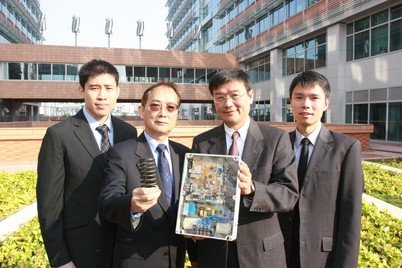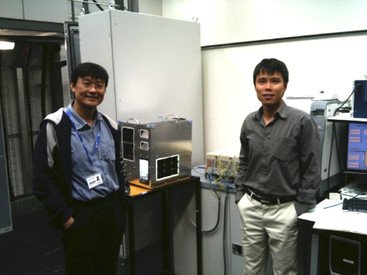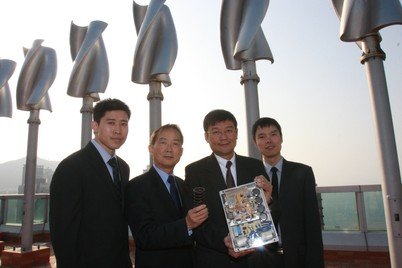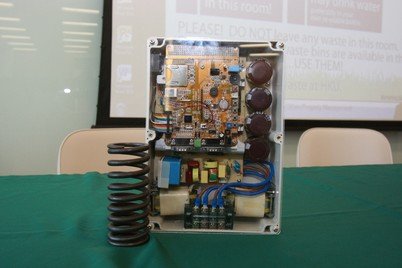Smart Springs for Stable Green Power Supply
Professor Ron Hui found the solution in a most unexpected place: in bed.
When Professor Ron Hui of the Department of Electrical and Electronic Engineering was presented with the problem of how to stabilise the electrical supply generated by wind and solar power by Professor Felix Wu in the Sydney Airport, he found the solution in a most unexpected place: in bed.
“I was lying on my bed thinking about this problem,” Professor Hui recalled. “Suddenly I realised that the most stable structure in my house was my bed because underneath the mattress are many mechanical springs, in parallel, supporting the mattress. If some of the springs fail, overall it is still stable. The support is distributed and quite even.”
“Mechanical springs provide support and absorb vibration,” he explained. His eureka moment enabled him to develop a smart grid technology solution to a pressing problem facing the world. Using solar and wind power to generate electricity can help fight climate change by providing a clean and renewable alternative to polluting fossil fuels but the adoption of wind and solar power on a widespread basis has been hampered by the inherent instability of the sun and the wind. To be a viable energy source, supply and demand need to be balanced in real time. Sun and wind power fluctuates and can be easily disturbed – a cloud moving across the sky can shade the sun from a solar panel and cut off the supply within seconds.
Basing his work on the scientific principle of mechanical springs developed by British physicist Robert Hooke in the 17th century and known as Hooke’s Law, Professor Hui worked out the mechanical structure equation and then transformed it into the electrical equivalent that can resolve the instability.
“Now we have several versions of electric springs that can support the power system and at the same time absorb any fluctuation caused by the intermittent nature of wind and solar power,” he said.
The breakthrough was developed jointly by The University of Hong Kong and Imperial College London and will allow power companies to increase the amount of wind and solar power they use by about 20 percent or more while at the same time greatly reducing production of greenhouse gases. The system is now being tested by China Southern Power Grid.
Professor Hui is also working on green energy solutions to power electric cars with wind and solar power. He is adapting his electric springs technology to provide stable wind and solar power in large multi-storey car parks that power electric cars. The aim is to encourage widespread use of cars powered by wind and solar energy and at the same time decrease the use of climate-damaging petrol or diesel. “Together, they become a complementary solution to drastically reduce greenhouse gases,” he said.





